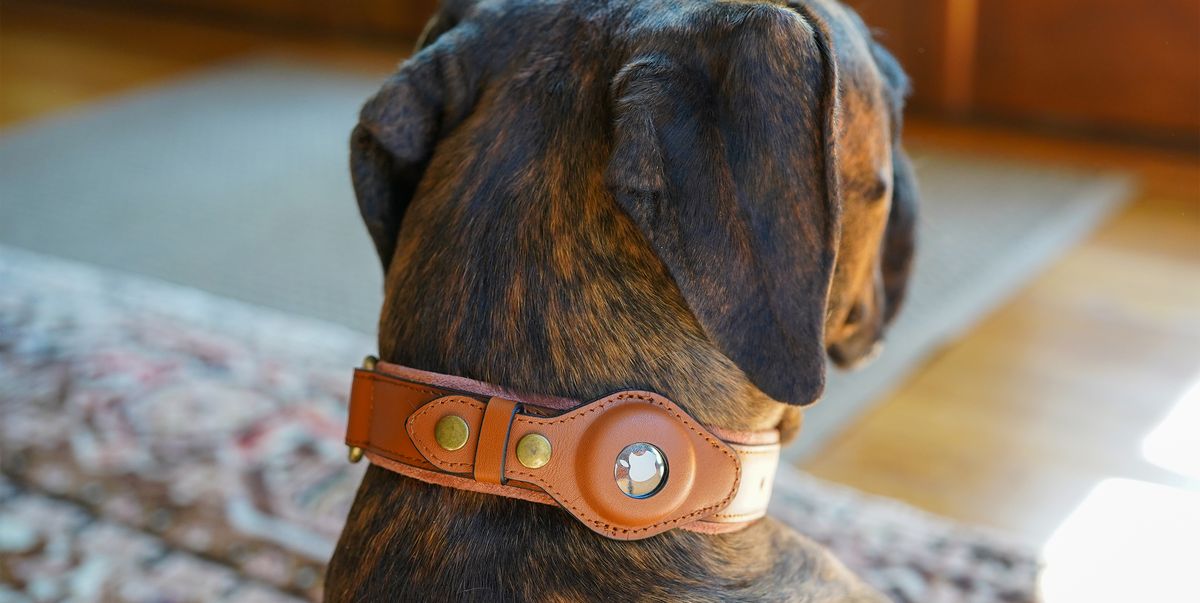Dog collars are a vital accessory for all four-legged friends. Dog collars serve multiple purposes, including identification, safety, and style. Finding the right dog collar isn’t easy there are so many options on the market.

Dog Collars can be used for a variety of purposes.
Dog collars serve a purpose that goes beyond being a fashionable accessory. They are essential for your dog’s health. We’ll look at how dog collars be beneficial to your pet.
Safety and Identification. The main role is to be an identification tool. The collar typically has an ID tag with the contact details of your dog to make it easier to locate your dog if they go missing. The tag is secured using the D ring, which is placed on the collar of the most dependable dog collars. It is a way to ensure that the tag isn’t snagged when you walk or playing.
Control and training Collars for dogs are essential in guiding and training your pet. For instance, a standard collar is a great way to tie a leash, giving you control during walks and outdoor activities. If you have a pet who is strong or excitable, a collar with the right fit will ensure that your dog is in control and keep your dog from pulling on too much.
Style and Personalization. Safety and functionality are important, but style and design are also important. Dog collars can be found in a myriad of materials, colours and styles. They allow you to show off your pet’s personality as well as your own preferences. Customized collars with your dog’s name or design can add the perfect touch.
Dog Collars Types
It is important to understand the difference between the different types of dog collars and their purpose.
Standard Flat Collar – The standard collar is the most commonly used dog collar. The collars are simple to adjust and fit for everyday wear. They are great for holding ID tags and connecting leashes to strolls.
Martingale Collar: Martingale collars are specifically designed for dogs who are prone to slide out of traditional collars. They are a little tighter when the dog is pulling on the leash to prevent escape and choking. Greyhounds as well as other breeds with smaller heads are ideal potential candidates for these collars.
Prong Collars are also referred to as pinch collars or prong collars are controversial however, they can be efficient in certain situations of training. They have metal prongs that force the dog to stop when it pulls, which discourages pulling behaviour.
Head Collars Head collars, such as the Halti and Gentle Leader allow you to control your dog’s head. This makes it easier to provide moving guidance. They are useful for dogs who pull a lot or a high level of excitement.
Harness: Though not technically a collar, harnesses are worth mentioning. They can help dogs feel more comfortable, particularly when they have tracheal issues. Harnesses are the best option for dogs of small size or with breathing issues.
The Most Effective Dog Collar
Consider your dog’s size as well as its manner of living and the needs that you have. Be aware of these things when picking the right collar for your pet:
The collar should fit snugly but not be too tight. The collar should allow the user to put two fingers between it and the dog’s neck. Make sure the collar isn’t too loose as your dog might slip out.
Material: Dog collars are available in many different materials, including leather, nylon and chain. Consider the comfort of your dog and your own preferences. Leather collars are durable and typically more stylish, whereas nylon collars are light and easy to clean.
Safety Features Reflective strips on collars help your dog be more visible while walking in the dark. Breakaway collars are also offered, designed to release if your dog is caught on a stray object to prevent choke.
When picking a collar think about your dog’s manner of walking. If your dog pulls at the leash, you may want to consider a martingale harness or a no-pull halter. Standard collars are suitable for dogs who are calm and well-behaved.
Style and Personalization – Express both your dog’s personality as well as design by choosing a collar that reflects their personality. Collars with personalized designs or patterns that are unique can give your pet a more individual style.
Conclusion
Dog collars serve as essential devices to ensure your pet is comfortable, well-trained and stylish. Size, material, safety and the dog’s manner of behavior are all crucial factors to think about when choosing a collar for your dog. With the right collar, your dog will be secure and look fabulous regardless of whether they’re taking a walk in the park, or lounging at the house.